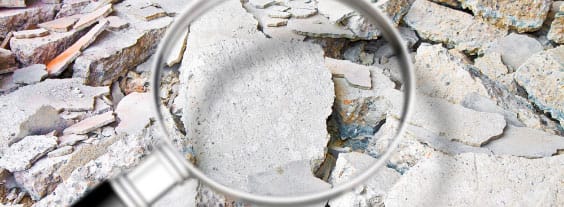Friable Vs. Non-Friable Asbestos
Asbestos can be categorised as either friable or non-friable.
Friable asbestos can easily crumble and release fibers into the air, while non-friable asbestos is more tightly bound within materials.
Friable asbestos poses a higher risk of exposure and requires specialised handling during removal. Non-friable asbestos, if left undisturbed, may pose a lower risk.



